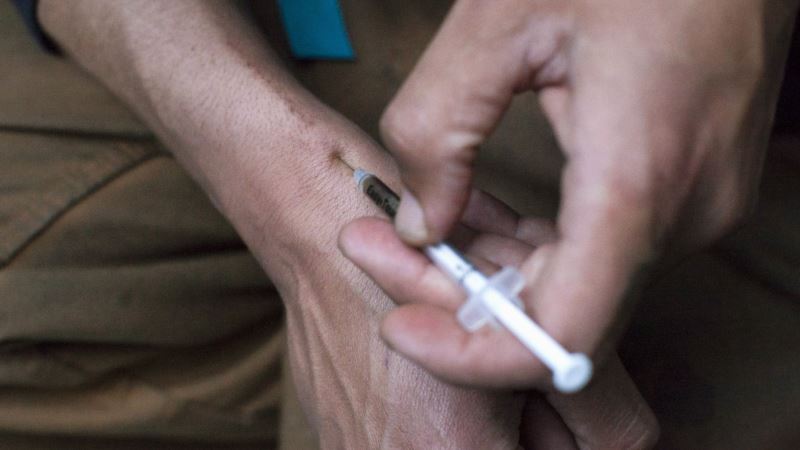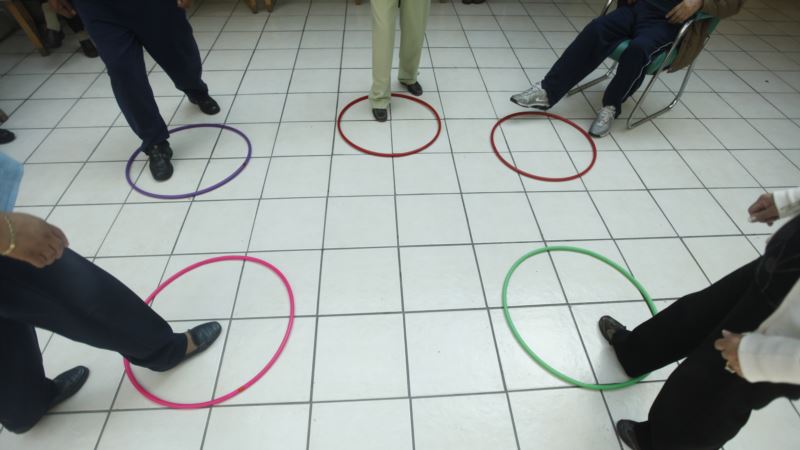Premature death rates in the United States are falling for some groups and rising for others, a new study suggests. According to researchers at the National Cancer Institute (NCI), and the National Institute on Drug Abuse (NIDA), premature death rates have fallen for Hispanics, blacks and Asian/Pacific Islanders, while they’re rising among whites and Native American groups. The study examined premature death rates, dying between the ages of 25 and 64, in the U.S. from 1999 to 2014. The drop among Hispanics, blacks and Asians, researchers say, is a result of fewer deaths from cancer, heart disease and HIV, thanks to medical advances, better public health efforts to lower tobacco use and better diagnosing techniques. For whites and Native Americans, the rise in premature deaths is being driven by drug overdoses, suicide and liver disease. Researchers discovered a premature death rate among 25- to 30-year-olds in this group as high as two to five percent per year. That, they add, is similar to the increases seen during the U.S. AIDS crisis. "The results of our study suggest that, in addition to continued efforts against cancer, heart disease, and HIV, there is an urgent need for aggressive actions targeting emerging causes of death, namely drug overdoses, suicide, and liver disease," said Meredith Shiels of the NCI and lead author of the study. Her colleague, Amy Berrington, also of NCI and a senior author, added that the study could be used to target and prevent premature death for those groups that need help. "Death at any age is devastating for those left behind, but premature death is especially so, in particular for children and parents," she said. "We focused on premature deaths because, as Sir Richard Doll, the eminent epidemiologist and my mentor, observed: 'Death in old age is inevitable, but death before old age is not.'” The study appeared January 25, 2017, in The Lancet.
Premature Death Rates in US Fall for Some, Rise for Others, Study says






